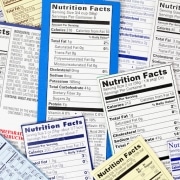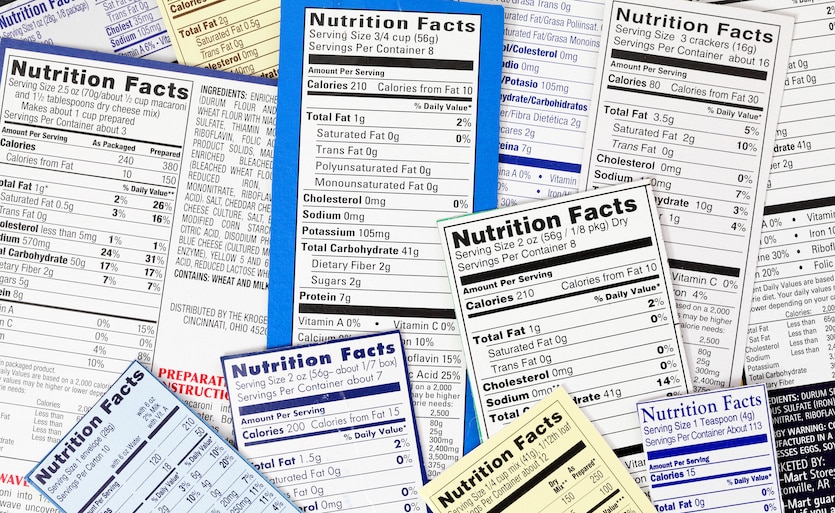USANA does not produce or sell Human Growth Hormone supplements.
Human growth hormone (HGH), a substance secreted by the pituitary gland, promotes growth during childhood and adolescence. HGH therapy is useful for treating growth hormone deficiency in children and adults, and it may have other clinical uses.
Although growth hormone levels decline with age, there is no scientific evidence that maintaining HGH levels associated with youth is beneficial or even healthy. In fact, there are potential negative side effects associated with HGH therapy, including an increased risk for cancer, cardiovascular disease, and behavioral changes. Additionally, supplement companies cannot legally sell human growth hormone, so instead they market precursors (secretagogues) as dietary supplements, none of which currently have strong, scientifically-validated benefits.
Real HGH therapy requires a prescription and must be administered by a knowledgeable physician. It cannot simply be purchased through an MLM company, over the counter, or legally over the internet.
To maximize your health and growth hormone production it is important to receive adequate protein intake, participate in resistance training to improve muscle strength and function, maintain an adequate sleep cycle, and eat a healthy diet.




